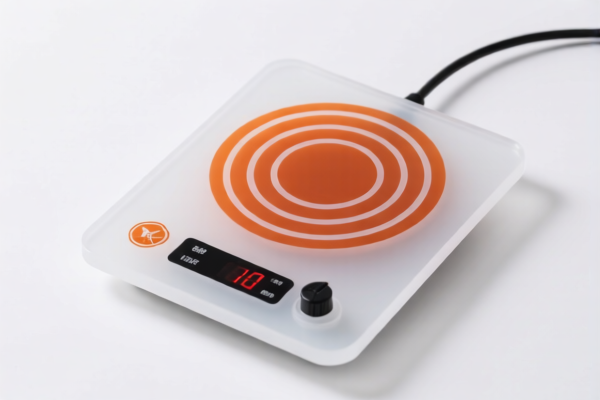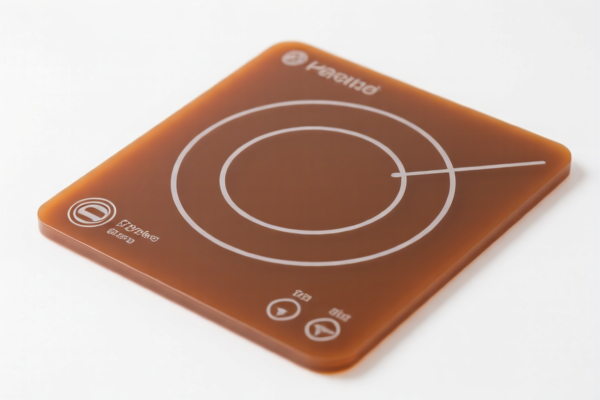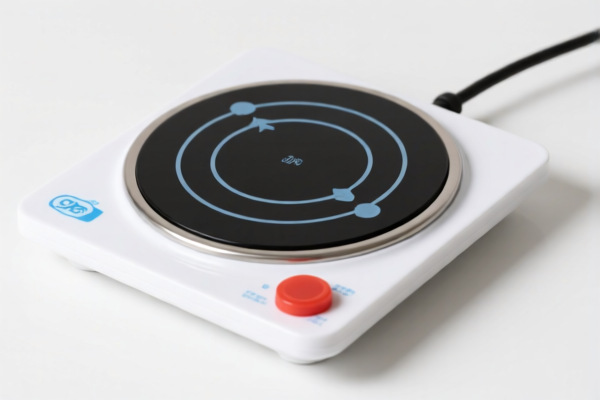| HS Code | Official Doc | Tariff Rate | Origin | Destination | Effective Date |
|---|---|---|---|---|---|
| 8516210000 | Doc | 55.0% | CN | US | 2025-05-12 |
| 8548000000 | Doc | 55.0% | CN | US | 2025-05-12 |
| 3926907500 | Doc | 34.2% | CN | US | 2025-05-12 |
| 3926909989 | Doc | 42.8% | CN | US | 2025-05-12 |
| 8419899580 | Doc | 59.2% | CN | US | 2025-05-12 |




Okay, let's break down the HS codes and tax implications for your "RESIN HEATING MAT" declaration. Here's a detailed analysis, aiming for clarity and actionable advice:
Understanding HS Codes: A Quick Primer
HS codes (Harmonized System codes) are internationally standardized product codes used by customs authorities worldwide. They determine the tariff classification of your goods, which directly impacts import duties and taxes. The first 6 digits are generally consistent globally, while additional digits can vary by country.
- Chapter (First 2 Digits): Broad category of the product.
- Heading (First 4 Digits): More specific grouping within the chapter.
- Subheading (First 6 Digits): Even more detailed classification.
- Further Digits: Country-specific refinements.
Analysis of Your HS Codes
Here's a breakdown of each code provided, along with potential implications for your "RESIN HEATING MAT":
-
8516.21.00.00 – Electric space heating apparatus and electric soil heating apparatus:
- Chapter 85: Electrical machinery and equipment.
- Heading 8516: Electric instantaneous or storage water heaters and immersion heaters; electric space heating apparatus.
- Subheading 8516.21: Electric space heating apparatus and electric soil heating apparatus.
- Tax: Base Tariff: 0.0%, Additional Tariff: 25.0%, Post-April 2, 2025: 30.0% (Total 55.0%).
- Implication: This is a strong candidate if your mat primarily functions as an electric heater for space or soil warming. It suggests the mat contains electrical heating elements.
- Recommendation: Confirm the mat's primary function is heating. If it's a combined heating and another function (e.g., insulation, support), other codes might be more appropriate.
-
8548.00.00.00 – Electrical parts of machinery or apparatus:
- Chapter 85: Electrical machinery and equipment.
- Heading 8548: Electrical parts of machinery or apparatus.
- Tax: Base Tariff: 0.0%, Additional Tariff: 25.0%, Post-April 2, 2025: 30.0% (Total 55.0%).
- Implication: This code applies if the mat is composed of electrical components that are part of a larger machine or apparatus. For example, if it's a heating element sold separately for installation into another system.
- Recommendation: Is the mat a complete, functioning unit, or is it a component intended to be integrated into something else?
-
3926.90.75.00 – Other articles of plastics and articles of other materials:
- Chapter 39: Plastics and articles thereof.
- Heading 3926: Other articles of plastics and articles of other materials.
- Tax: Base Tariff: 4.2%, Additional Tariff: 0.0%, Post-April 2, 2025: 30.0% (Total 34.2%).
- Implication: This code is relevant if the mat is primarily made of plastic and is not an electrical heating device. The "pneumatic mattresses" description suggests inflatable items.
- Recommendation: If the mat is inflatable and plastic-based, this is a strong possibility. However, the presence of heating elements would likely disqualify it.
-
3926.90.99.89 – Other articles of plastics and articles of other materials:
- Chapter 39: Plastics and articles thereof.
- Heading 3926: Other articles of plastics and articles of other materials.
- Tax: Base Tariff: 5.3%, Additional Tariff: 7.5%, Post-April 2, 2025: 30.0% (Total 42.8%).
- Implication: This is a general "catch-all" for other plastic articles.
- Recommendation: Similar to 3926.90.75.00, this applies if it's primarily plastic and not a heating device.
-
8419.89.95.80 – Machinery, plant or laboratory equipment:
- Chapter 84: Nuclear reactors, boilers, machinery and mechanical appliances.
- Heading 8419: Machinery, plant or laboratory equipment.
- Tax: Base Tariff: 4.2%, Additional Tariff: 25.0%, Post-April 2, 2025: 30.0% (Total 59.2%).
- Implication: This code is for machinery used for temperature-altering processes.
- Recommendation: This is likely applicable if the mat is a complex piece of equipment used in a specific industrial process (e.g., rubber or plastics processing).
Key Recommendations & Next Steps
- Material Composition: What is the primary material of the mat? (Plastic, rubber, metal, etc.)
- Functionality: What is the primary function of the mat? (Heating, support, insulation, industrial process, etc.)
- Electrical Components: Does the mat contain electrical heating elements? Is it a complete, functioning unit, or a component?
- Intended Use: What is the mat designed to be used for? (Domestic, industrial, laboratory, etc.)
- Certification: Depending on the final HS code, you may need to provide certifications related to electrical safety (e.g., CE, UL) or material composition (e.g., RoHS).
- Single Invoice: Ensure the invoice accurately reflects the product description and value.
- Consult a Broker: I strongly recommend consulting with a licensed customs broker in China. They can provide expert guidance based on your specific product and import requirements.
Important Note: HS code classification can be complex. The final determination rests with customs authorities. Providing accurate information and seeking professional advice is crucial to avoid delays and penalties.
Customer Reviews
No reviews yet.